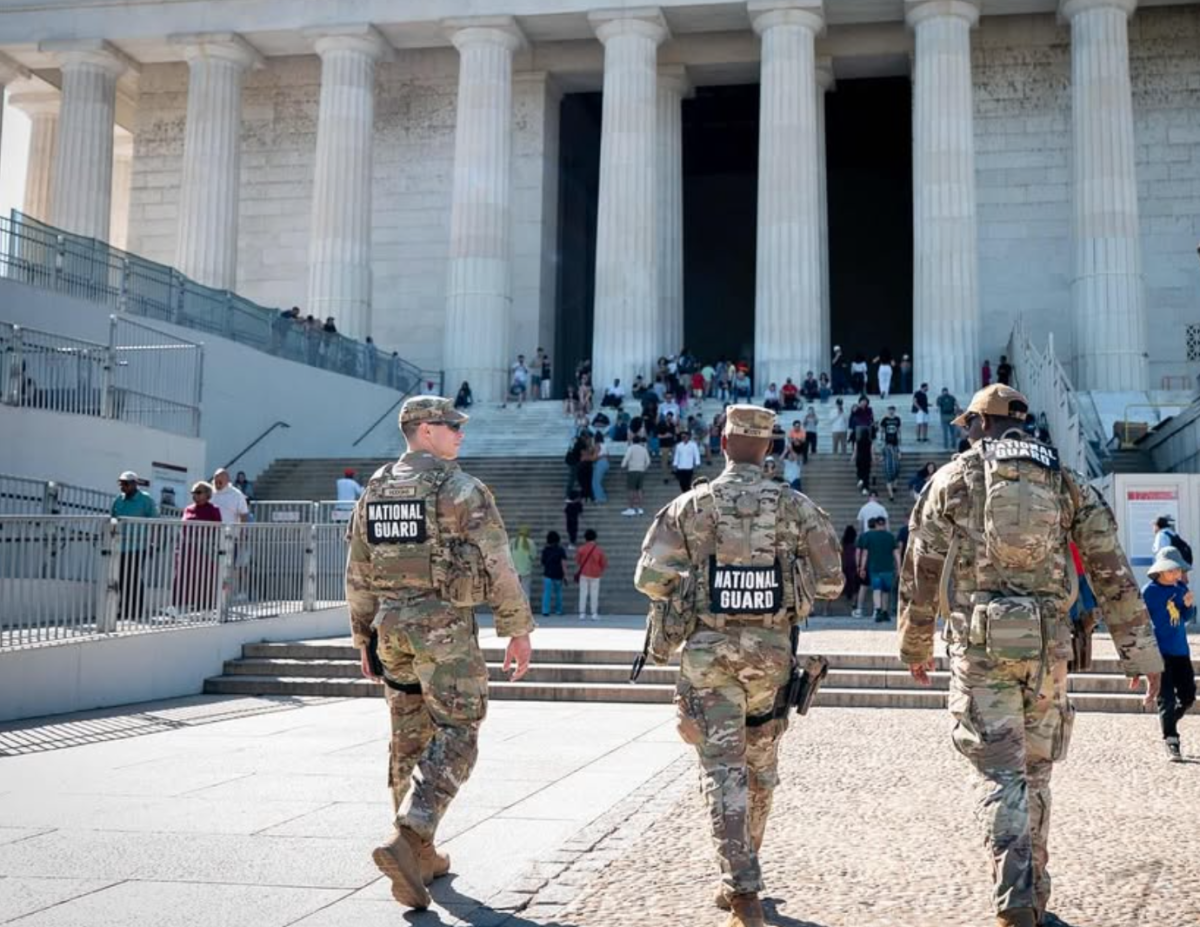Countries all over the world are implementing expansive urbanization projects, and they have been for several decades. Urbanization can take many forms, but it often includes the mass movement of populations from rural to urban areas as well as the construction of more urban infrastructure in rural or semi-rural areas. Urbanization is often touted as a crucial step in the development of nations, positioned alongside other markers of development such as democratization, education, increasing gross domestic product and improving health care.
But while urbanization can bring industry, social services and other important resources to rural and other underserved areas, unfettered urbanization has and continues to displace people and destroy valuable public spaces and cultural sites. Urbanization is not a one-size-fits-all process; it must be carefully planned to fit the needs of specific areas, cultures and people, and democratic governments need to listen to the demands of their citizens when designing these plans.
In Cairo, over 200,000 people have been displaced by the urbanization efforts of President Abdel Fattah al-Sisi. Since taking power in 2014, Sisi’s administration has spent over $400 billion on infrastructure projects. Meanwhile, over 30% of Egyptians live below the poverty line, a number that is increasing daily. Many of those displaced by Sisi’s urbanization projects fall into this group. With little to no disposable income, poverty-stricken Egyptians are forced into overflowing public housing on the outskirts of Cairo that can only accommodate “a fraction” of the displaced population.
Sisi’s current plans include the construction of a highway through a UNESCO-registered cultural heritage site in Cairo called the City of the Dead. The City of the Dead, a necropolis with thousands of tombs, graves and mausoleums dating back to the seventh century, is also home to around half a million living Egyptians seeking shelter from poverty in the necropolis. Destruction has already begun, with hundreds of gravesites being destroyed by contractors and military forces. Despite public outcry over the displacement of people and destruction of the cultural site, the Egyptian government has persisted in its efforts with limited consideration of citizens’ wishes. Egypt needs to listen to these demands, and UNESCO needs to fulfill its duty to protect the City of the Dead by applying more pressure on Sisi and his administration. Urbanization should help citizens. It should bring jobs and better infrastructure, not destroy housing and important cultural sites. When the citizens of a country are crying out for an end to development efforts, those efforts are clearly not meeting the goals of urbanization and need to be re-examined.
A similar tension between citizens and government over urbanization efforts arose during the planning and construction of the Cross Bronx Expressway in 1948. Just south of Fordham’s Rose Hill campus, the Cross Bronx Expressway services almost 190,000 cars every day, contributing to some of the highest asthma rates in the country in the mid and South Bronx. The Cross Bronx’s history is fraught with even more dangerous social upheaval. The Cross Bronx was the first urban highway of its kind, and its construction cost the City of New York $140 million, which would be over $1 billion today. The construction took 15 years for only 8.3 miles of highway, and the project resulted in the immediate displacement of over 60,000 residents and the destruction of hundreds of buildings along the route. Its route demolished a dozen of the most racially integrated neighborhoods in the country at the time, sending European immigrants scattering to the suburbs and leaving African-Americans and Puerto Rican immigrants scrambling to find affordable housing in a market dominated by racial segregation and red-lining.
When Bronx residents learned of the construction plans, many jumped to action. Jewish residents, women and New York socialists headed the opposition movement in conjunction with community organizations like the East Tremont Neighborhood Association. Much like residents of Cairo today, the Bronx residents petitioned, protested and actively disrupted construction efforts. Protestors pleaded with the city government to build the highway on an alternate route that would have destroyed only six buildings compared to the hundreds that suffered under the final plan, but they ultimately failed in their attempts. The Cross Bronx Expressway was constructed along its intended route, designed by the infamous city planner Robert Moses. The government of New York City largely disregarded the protestors’ demands, abandoning their democratic duty to the citizens of New York to follow Moses’s rich, white vision for the city.
Unfortunately for citizens of Cairo and Egyptians around the globe, it appears that President Sisi is prepared to follow in the footsteps of the 1950s-era New York City government. The Egyptian government has announced no plan to stop the construction of a highway through the City of the Dead, and if the long-term effects of the Cross Bronx are any indication, the continuation of the Cairo project will likely only make life more difficult for many low-income Egyptians. Urbanization that seeks to improve a nation’s global standing rather than the lives of its domestic citizens, that favors one group of people over another, that prioritizes productivity over the environment and industry over culture is only going to result in urban decay, social unrest and increasing poverty. It is time to apply more pressure on urban planners, national governments and international institutions to stop unfettered urbanization before any more communities are displaced.
Allison Schneider, FCRH ’26, is an English and political science major from Indianapolis, Ind.










































































































































































































